Decorative yard rock is more than just a landscaping choice; it’s an opportunity to express your creativity while enhancing your home’s curb appeal. From minimalist rock gardens to vibrant accent stones, decorative rocks can add texture, color, and character to your outdoor living space. In this comprehensive guide, I will share my personal experiences, useful tips, and thorough insights into decorative yard rock, helping you make informed decisions for your landscaping projects. Let’s dive in!
What is Decorative Yard Rock?
Decorative yard rock refers to various types of stone and gravel used in landscaping to enhance aesthetics and functionality. These materials come in various shapes, sizes, colors, and textures, allowing homeowners to personalize their outdoor spaces.
Types of Decorative Yard Rocks
There are several popular types of decorative yard rocks, each serving unique purposes in landscaping:
- River Rock: Smooth stones typically found in riverbeds; they come in various sizes and colors.
- Pea Gravel: Small, rounded stones, often used for pathways and driveways.
- Flagstone: Flat stones used for paving patios, walkways, and garden paths.
- Basalt Rock: Dark, dense volcanic rock often used for creating a dramatic effect.
- Granite Chips: Colorful fragments of granite ideal for ground cover and decoration.
The Benefits of Using Decorative Yard Rock
Incorporating decorative yard rock into your landscaping can yield various benefits:

1. Low Maintenance
Unlike organic materials, decorative rocks don’t decompose, eliminating the need for regular replacement. This low-maintenance quality makes them ideal for busy homeowners.
2. Versatile Aesthetics
With numerous shapes and colors available, decorative yard rocks can complement any home style, from modern to traditional.
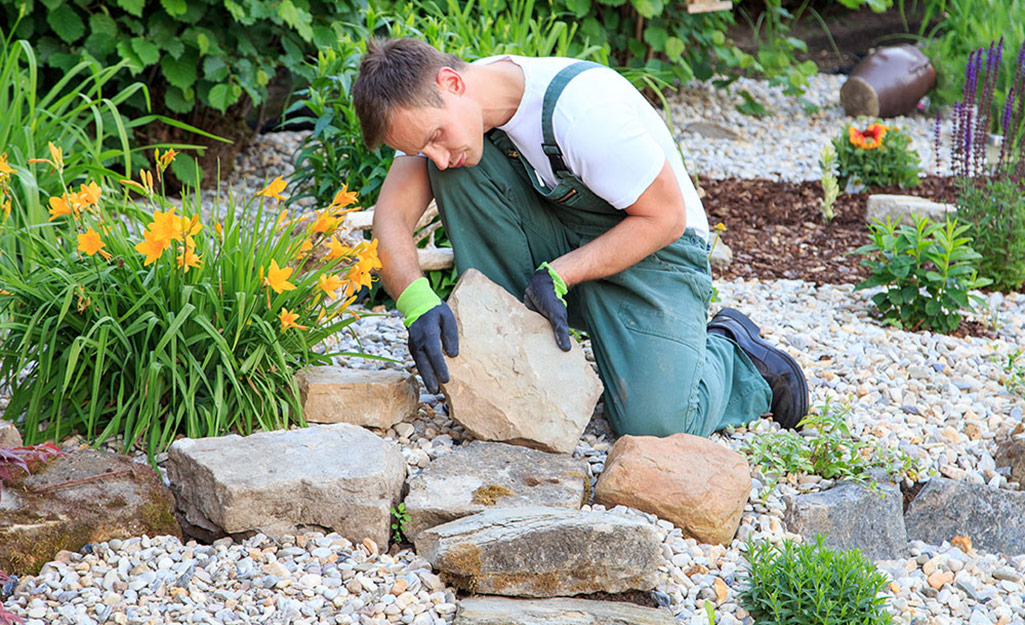
3. Outdoor Functionality
Beyond aesthetics, these materials can also aid in drainage, prevent soil erosion, and reduce weed growth when placed appropriately.
4. Cost-Effectiveness
While the initial investment might be higher than traditional mulch, the long-term durability of decorative rocks can save you money over time.
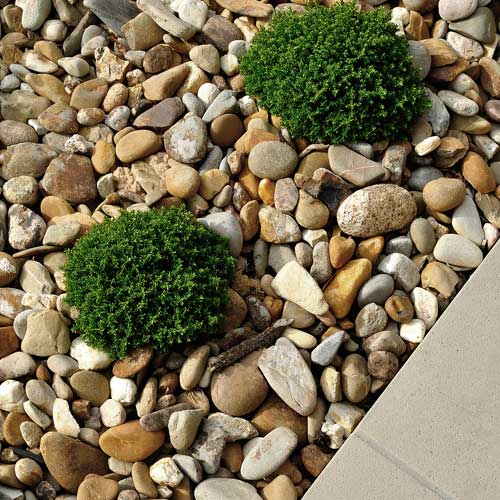
Choosing the Right Decorative Yard Rock for Your Project
Selecting the perfect decorative yard rock involves considering various factors:
1. Purpose
Decide whether the rock will serve purely decorative purposes or functional ones, such as preventing erosion or creating pathways.
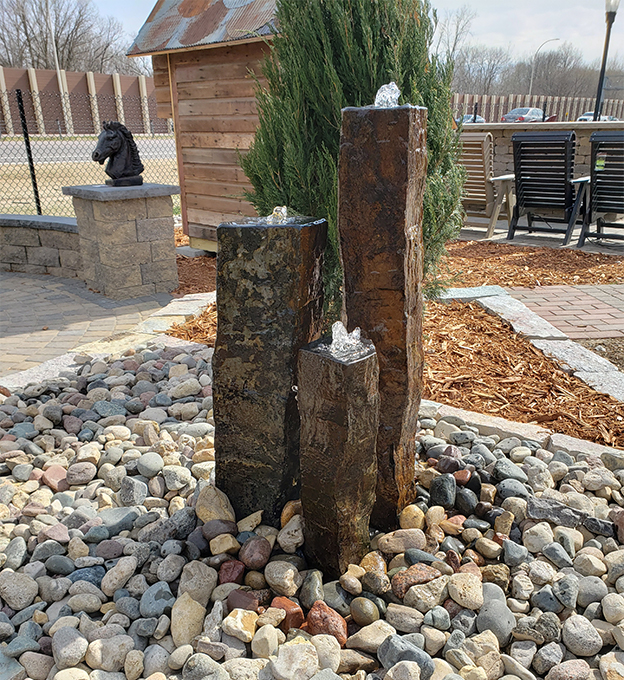
2. Color and Texture
Choose a color palette that complements your home and garden. Light-colored rocks can brighten up shady areas, while darker ones can provide depth.
3. Size
Consider the scale of your project. Larger rocks can serve as focal points, while smaller stones can be used for ground cover or pathways.

4. Local Climate
Some stones may be better suited for specific climates. For example, lighter colors work well in hot, sunny areas, reflecting sunlight and keeping the ground cooler.
Where to Buy Decorative Yard Rock
Finding decorative yard rock isn’t difficult, but choosing the right supplier can make a significant difference. Here are some options:
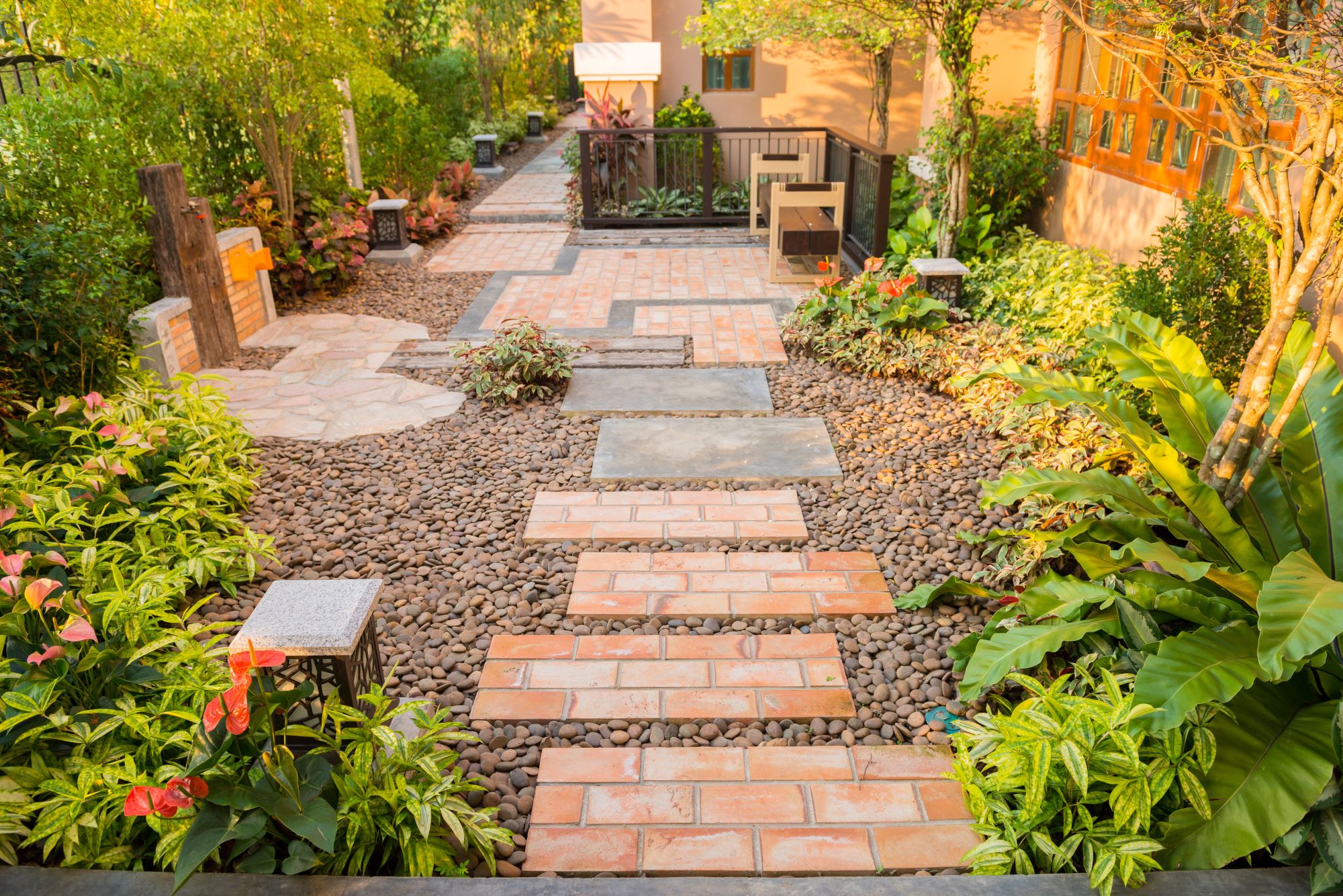
1. Local Nurseries
Support local businesses while gaining expert advice on which products are best for your area.
2. Home Improvement Stores
Large retailers like Home Depot or Lowe’s often have a wide selection, making it convenient for DIY enthusiasts.
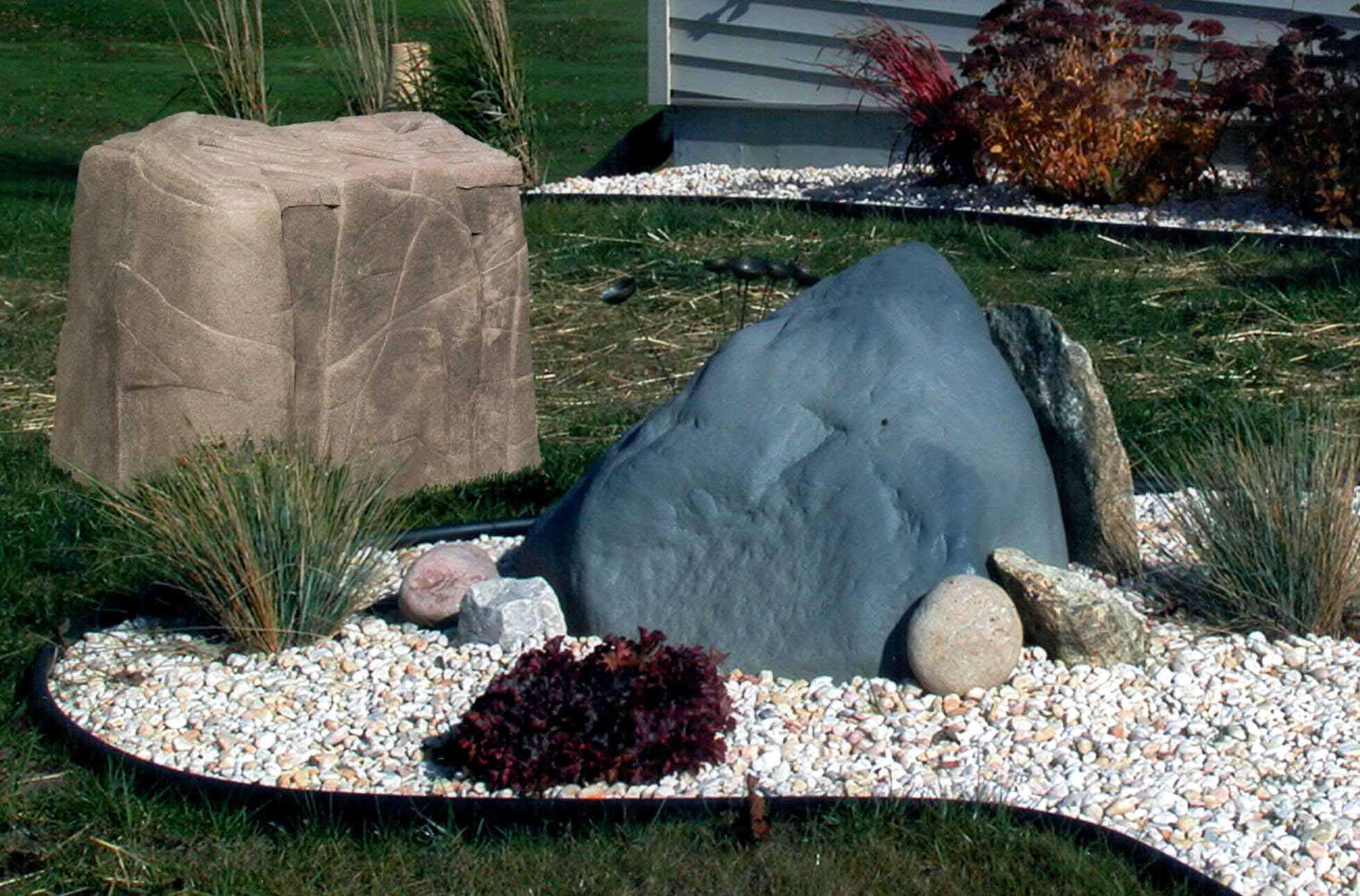
3. Stone Suppliers
Specialized stone yards and suppliers can provide high-quality products and a broader selection.
4. Online Retailers
Websites like Amazon and Wayfair offer the convenience of home delivery, although shipping costs should be considered.
Applying Decorative Yard Rock: How to Get Started
Once you’ve chosen your decorative yard rock, it’s time to apply it! Here’s a step-by-step guide based on my experience:
Step 1: Plan Your Design
Sketch out your landscaping design to visualize how the rock will fit into your yard. Consider combining different stones for added interest.
Step 2: Prepare Your Area
Clear the area of weeds, grass, and debris. If you’re creating a path, dig a shallow trench to accommodate the rocks.
Step 3: Lay Landscaping Fabric
Using landscaping fabric can help prevent weed growth while allowing water drainage. Cut the fabric to fit your area and secure it in place.
Step 4: Add the Rocks
Begin placing your decorative yard rocks in the desired arrangement. For pathways, ensure the stones are compactly laid for stability.
Step 5: Finishing Touches
Once all rocks are in place, step back and assess your layout. Make any adjustments as needed to achieve the desired look.
Comparison of Popular Decorative Yard Rocks
| Type of Rock | Color Variety | Size Range | Best Uses | Pros | Cons |
|---|---|---|---|---|---|
| River Rock | Various | 1 to 4 inches | Ground cover, decorative features | Smooth texture, natural look | Can move with water flow |
| Pea Gravel | Tan, white, gray | 1/4 inch | Paths, driveways | Soft underfoot, easy to install | Can scatter easily |
| Flagstone | Gray, brown, red | Random sizes | Patios, walkways | Durable, creates flat surfaces | Heavier, requires more effort to place |
| Basalt Rock | Dark gray, black | Varies | Accent features, borders | Striking appearance, unique shapes | Can be sharp-edged |
| Granite Chips | Various | 1/2 to 1 inch | Ground cover, decorative accents | Colorful, great for drainage | Can be difficult to walk on |
Maintaining Your Decorative Yard Rock
Maintaining decorative yard rock is simple but essential to ensure your landscaping remains attractive:
1. Regular Cleaning
Occasionally, rocks can accumulate dirt or debris. A gentle hosing or brushing can keep them looking fresh.
2. Weed Management
While landscaping fabric helps, some weeds may still pop up. Hand-pulling or spot-spraying can keep them in check.
3. Periodic Replacement
Over time, some stones may dull or settle. Adding a fresh top layer can rejuvenate the appearance of your rock areas.
Pros and Cons of Decorative Yard Rock
Every landscaping choice has its advantages and disadvantages. Here’s a closer look at decorative yard rock:
Pros
- Durable and long-lasting
- Variety of colors and textures
- Low maintenance requirements
- Enhances drainage and reduces weed growth
Cons
- Can be more expensive upfront compared to mulch
- May require heavy lifting and installation effort
- Some types could be sharp or rough to walk on
Frequently Asked Questions (FAQs)
1. What types of decorative yard rock are best for my climate?
Choosing rocks that are suited to your local climate can enhance their longevity. In hot, dry areas, lighter stones may reflect heat, while in wetter climates, river rocks can help with drainage.
2. How do I prevent weeds from growing in decorative rock areas?
Laying down landscaping fabric before placing rocks can significantly reduce weed growth. Regular maintenance, including hand-pulling or spot treatment, is also effective.
3. Can I use decorative yard rock in my indoor landscape?
Yes, decorative rocks can be used in indoor landscaping, particularly in terrariums or as accent pieces in potted plants.
4. What is the average cost of decorative yard rock?
The price can vary widely based on the type of rock, size, and your location. Generally, expect to pay between $30-$100 per ton.
5. How can I integrate decorative yard rocks into my existing landscape?
Consider using them as borders, pathways, or in mixed media arrangements with plants, mulch, or soil to create visually appealing contrasts.
Conclusion
Decorative yard rock is a fantastic way to elevate your outdoor space while providing numerous practical benefits. Whether you’re looking to create a serene rock garden or a vibrant pathway, the variety of choices available ensures every homeowner can find the perfect fit. My experience with integrating decorative rocks into my own landscaping has brought me joy and satisfaction, and I hope this guide helps you embark on your own journey to transform your yard.
Happy landscaping!